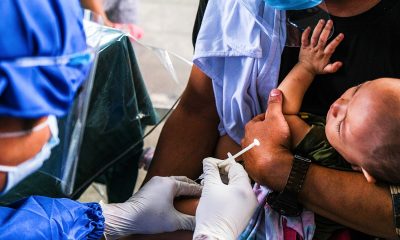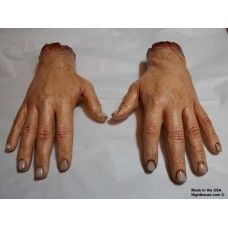By GBENGA OGUNDARE
TWO out of three Nigerians are already blind from preventable causes such as cataract, trachoma, refractive errors and low visions, says the Nigerian Optometric Association [NOA]. And according to findings from the 2005 to 2007 National Blindness and Visual Impairment Survey, a total of 4.53 million adults aged 40 and above in Nigeria are visually impaired or blind.
That grim statistics will escalate soon, if current trends persist. Half the world’s population—-nearly 5 billion—will be short-sighted (myopic) by 2050, with up to one-fifth of them—1 billion— at a significantly increased risk of blindness, a study published in the journal Ophthalmology has revealed.
According to the study, the number with vision loss from high myopia is expected to increase seven-fold from 2000 to 2050, with myopia to become a leading cause of permanent blindness worldwide.
The rapid increase in the prevalence of myopia globally is attributed to, “environmental factors (nurture), principally lifestyle changes resulting from a combination of decreased time outdoors and increased near work activities, among other factors,” say the authors from Brien Holden Vision Institute, University of New South Wales Australia and Singapore Eye Research Institute.
ALSO SEE: HKI, UNICEF made maternal, newborn and child health exercise In Benue a success – Nutritionist
The findings point to a major public health problem, with the authors suggesting that planning for comprehensive eye care services are needed to manage the rapid increase in high myopes (a five-fold increase from 2000), along with the development of treatments to control the progression of myopia and prevent people from becoming highly myopic.
“We also need to ensure our children receive a regular eye examination from an optometrist or ophthalmologist, preferably each year, so that preventive strategies can be employed if they are at risk,” said co-author Professor Kovin Naidoo, CEO of Brien Holden Vision Institute.
“These strategies may include increased time outdoors and reduced time spent on near based activities including electronic devices that require constant focusing up close.
“Furthermore there are other options such as specially designed spectacle lenses and contact lenses or drug interventions but increased investment in research is needed to improve the efficacy and access of such interventions.”
With 90 percent of visually impaired persons worldwide living in developing countries, the predictions can’t be less disheartening for the whole of Africa in the coming years. In Nigeria for one, the manpower for eye health is inadequate, ineffective and mal-distributed. According to Sight Savers International, not less than 80 percent of the total population of ophthalmologists are based in urban centres, while 70 percent Nigerians live in rural areas!
“There is a further geopolitically inequitable distribution of manpower as there could be up to 4times the number of health workers in one zone as compared to another,’ said Sight Savers.
Funding and investment on the health sector is also a teething issue. At the national level, the estimated per capita expenditure on health is $131 which falls short of the global average of $863. And at the state level, where most secondary and primary care is provided, the health per capita spending is hardly up to $4. In 2010, for instance, federal budget allocation to health was 3.4 percent, and eyecare received less than 0.005 percent of that.
The results of such underfunding can only be imagined than experienced as 2050 sneaks in on the world.

 Latest5 days ago
Latest5 days ago
 Latest7 days ago
Latest7 days ago
 News4 days ago
News4 days ago
 Energy1 week ago
Energy1 week ago
 Comments and Issues1 week ago
Comments and Issues1 week ago
 Business1 week ago
Business1 week ago
 Latest6 days ago
Latest6 days ago
 Health1 week ago
Health1 week ago



